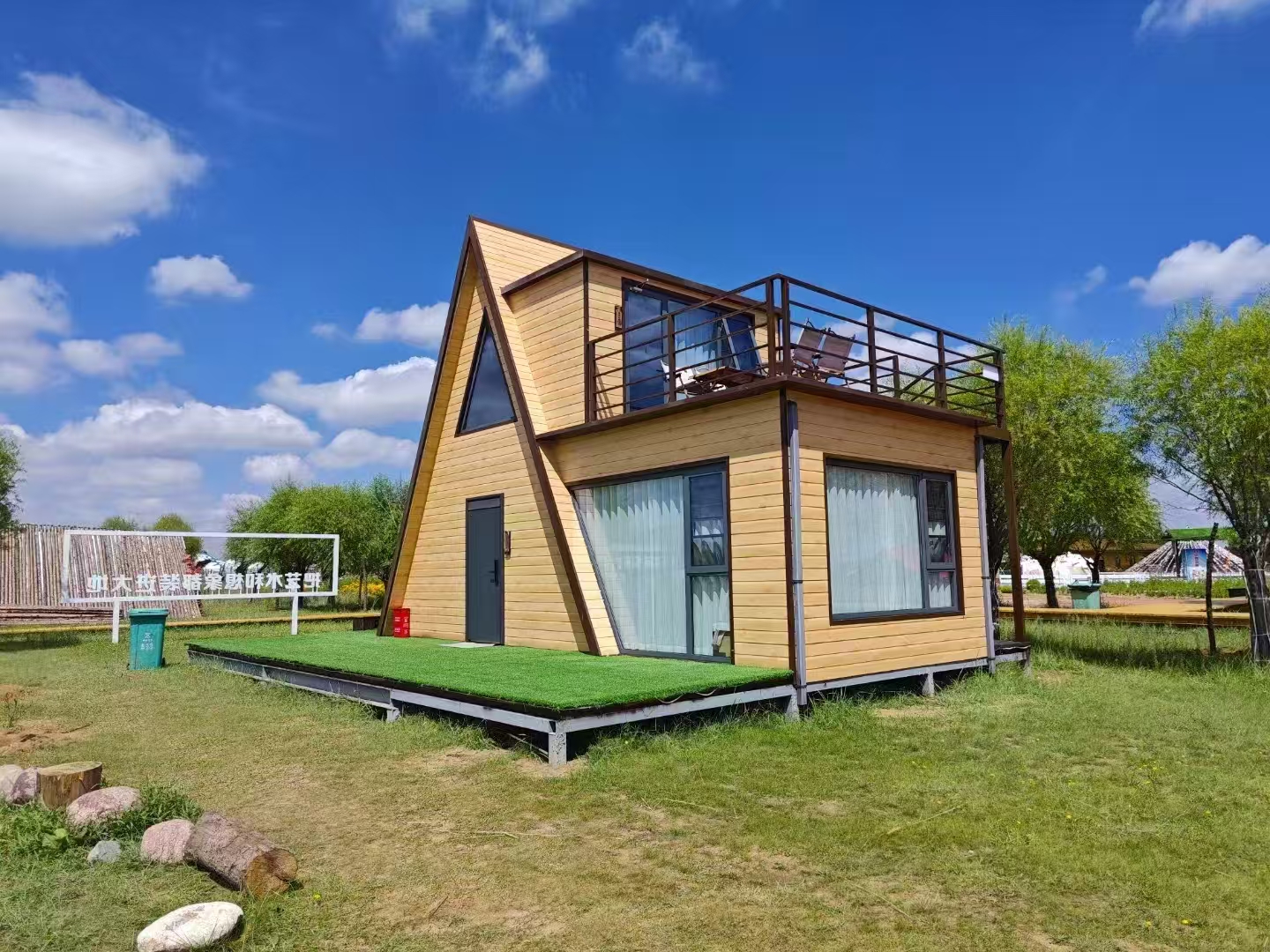Are Prefab Homes Durable? Debunking Myths About Modern Prefabricated Housing

1. The Science of Durability: How Prefab Homes Are Built to Last
Factory Precision vs. On-Site Risks
Prefab homes are constructed in climate-controlled factories using robotics and rigorous quality control. This eliminates weather delays, material warping, and human errors common in traditional builds.
Key Data
Material Strength: Steel-framed modules and cross-laminated timber (CLT) show 30% higher earthquake resistance than stick-built homes (Source: U.S. Department of Housing and Urban Development).
Moisture Control: Australian prefab homes with anti-mold coatings and smart ventilation systems report 60% fewer humidity issues (Australian Prefab Council, 2023).
2. Defying Extreme Weather: Prefab Homes in Action
Engineered for Climate Resilience
Modern prefab homes integrate disaster-ready designs proven in real-world challenges:
Hurricane Resistance: Southern U.S. modular homes pass ASTM E330 wind tests, enduring 150mph winds.
Bushfire Survival: BAL-40 certified walls in Australian prefabs withstand 1+ hours of direct flames.
Arctic Insulation: Scandinavian triple-glazed windows and vacuum insulation cut energy use by 50% vs conventional homes.
Real Owner Story
“Our Colorado modular cabin survived -30°C blizzards without a single crack. The airtight seals are game-changers!” – James R., Airbnb Host
3. Longevity: Prefab vs. Traditional Homes
Myth Busted: “Prefab = Temporary”
Lifespan: High-quality prefab homes last 50-70 years (matching brick-and-mortar homes), with modular designs allowing easy upgrades.
Corrosion Resistance: Galvanized steel frames and anti-rust coatings in coastal New Zealand homes boost durability by 200%.
Industry Trend
Europe’s "Century Home" initiatives (e.g., Netherlands’ Fenix Factory) use recycled concrete and low-carbon steel to target 100-year lifespans.
4. 5 Maintenance Hacks to Maximize Durability
Quick Expert Tips
Inspect roof seams and foundation drainage annually to prevent water damage.
Choose powder-coated exterior panels (3x more UV-resistant than paint).
Install wireless moisture sensors at module joints for real-time monitoring.
5. Certifications & Warranties: Your Quality Guarantee
Look for These Marks
North America: ICC-ES structural safety certification + Energy Star rating.
Europe: CE Marking + Passivhaus ultra-efficiency standard.
Australia/NZ: NZS 3604 compliance + BAL fire ratings.
Conclusion: Durability Meets Sustainable Innovation
Prefab homes aren’t just affordable—they’re pioneers in climate-resilient, eco-smart living. With AI-driven manufacturing and self-healing materials, longevity is now a standard feature.

